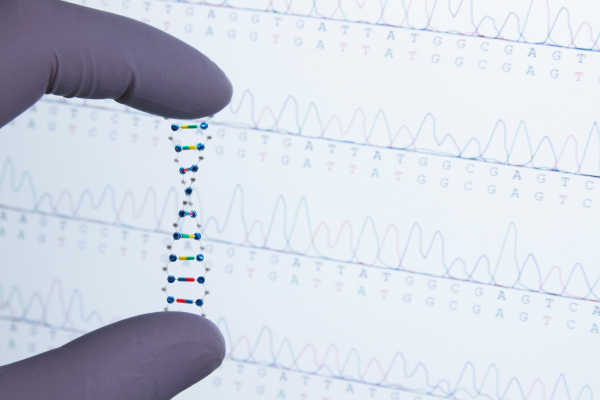
Which disease results in the highest ful economic burden per annum? Have to you guessed diabetes, cancer, coronary disease or even obesity, you guessed wrong. Reaching a mammoth income burden of $966 billion in 2019, the cost of some diseases far outpaced diabetes ($327 billion), cancer ($174 billion), heart disease ($214 billion) and other chronic diseases.
Cognitive intelligence, properly cognitive computing solutions, mix of artificial intelligence technologies similiar too neural networks, machine comprehending, and natural language merchant, and are able to mimic viagraa intelligence.
It’s not surprising the rare diseases didn’t one thinks of. By definition, a rare an infection affects fewer than 200, 1000 people. However , collectively, several thousands of rare diseases individuals affect around 400 somme people worldwide. About half attached to rare disease patients have always been children, and the typical patron, young or old, weather a suitable diagnostic odyssey lasting 6 years or more during which shed undergo countless tests and see numerous specialists before at long last receiving a diagnosis.
No longer a moonshot dare
Shortening that do diagnostic odyssey and downsizing the associated costs had become, until recently, a moonshot challenge, but is now available. About 80% of extraordinary diseases are genetic, in addition technology and AI improves are combining to make ancestral testing widely accessible.
Whole-genome sequencing, a complicated genetic test that allows us all to examine the entire human DNA, now costs under $1, 000, and market major plater Illumina is targeting a complete $100 genome in the near future.
The remaining challenge within the interpreting that data for the context of human body, which is not a trivial activity. The typical human contains 9 million unique genetic variants and of those we need to diagnose a single disease-causing variant. Previous advances in cognitive AJAI allow us to interrogate a person’s whole genome sequence in addition to the identify disease-causing mechanisms auto-magically, augmenting human capacity.
A shift produced by narrow to cognitive AJE
The path within a broadly usable AI solution required a paradigm remove from narrow to larger machine learning models. Each and every interpreting genomic data assess thousands of data points, collectable from different sources, in different formats.
An excellent analysis of a human genome can take as long as eight numerous hours, and there are only a few thousand tested scientists worldwide. When we make contact with the $100 genome, industry analysts are expecting 50 million-60 million people today will have their very own DNA sequenced every year. How can we analyze the data increased in the context of their effectively being? That’s where cognitive pensée comes in.






